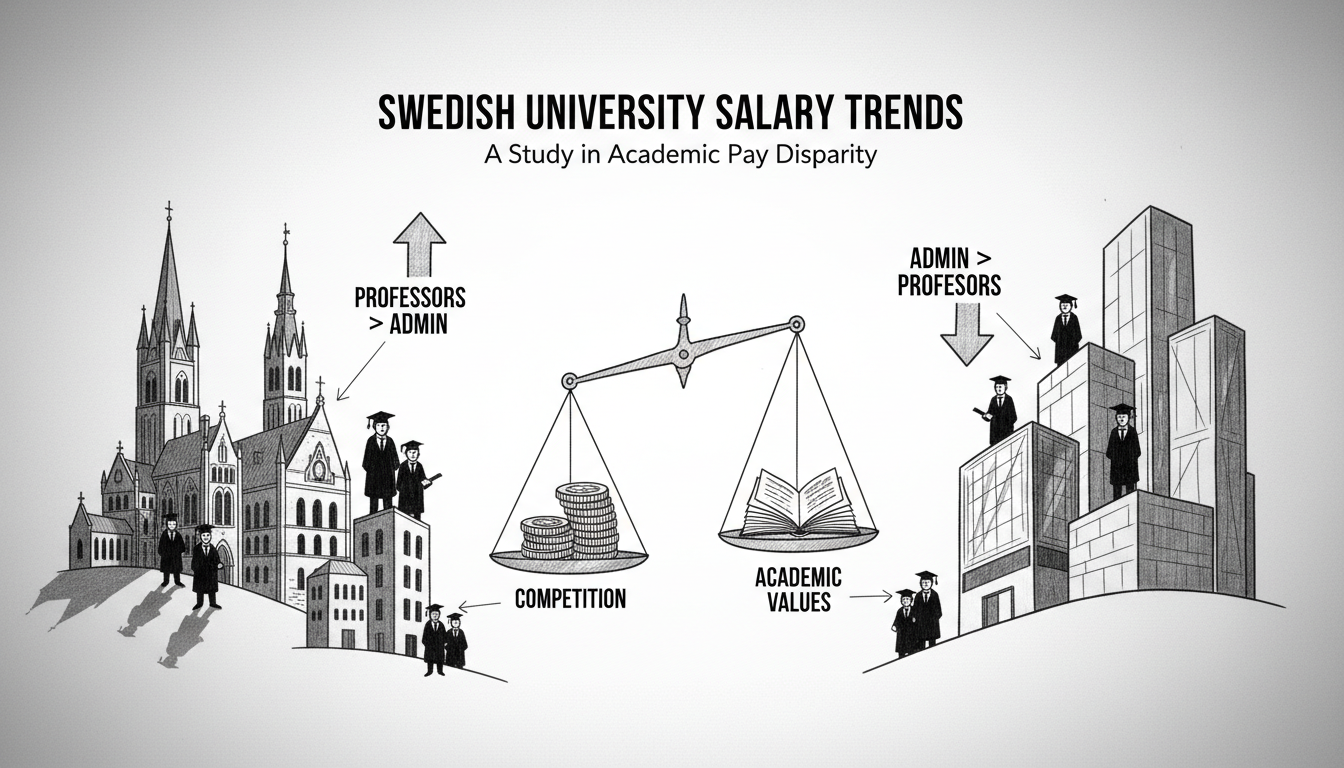Swedish university salary structures show fascinating patterns in academic compensation. At Gothenburg University, the rector doesn't earn the highest pay. Two professors actually top the salary list there. This situation creates interesting discussions about Swedish society trends and academic valuation.
Meanwhile at Chalmers University of Technology, the pattern differs completely. The rector earns the highest salary by a considerable margin. Professor salaries at Chalmers also average higher than their counterparts at other institutions. This reflects Sweden's competitive approach to retaining top technical talent.
Henrik Dahlberg, Chalmers communications director, explained the situation. He said international competition makes it difficult to match offers from abroad. Swedish universities must balance budget constraints with the need to keep leading researchers. This tension affects Swedish lifestyle choices for academics considering opportunities overseas.
Swedish higher education faces particular challenges in technical fields. Engineering and technology professors receive frequent international offers. Universities like Chalmers must respond with competitive packages. Otherwise, Sweden risks losing its innovation leaders to other countries.
The salary differences between institutions reveal broader Swedish culture news. Gothenburg's academic community values research excellence above administrative leadership. Chalmers prioritizes keeping technical expertise within Sweden's borders. Both approaches reflect different aspects of Swedish society trends in education.
International readers might wonder how these salaries compare globally. Swedish academic pay generally ranks competitively within Europe. However, private sector opportunities often offer higher compensation. This creates constant tension within Swedish higher education.
What does this mean for Stockholm events today and academic gatherings? University funding discussions will likely dominate upcoming education conferences. The balance between administrative and research salaries will continue evolving. Sweden's commitment to education quality remains strong despite these financial challenges.
Looking forward, Swedish universities will need creative solutions. They must attract world-class talent while managing public funding constraints. The different approaches at Gothenburg University and Chalmers show there's no single right answer. Each institution must find the balance that works for its specific mission and challenges.

